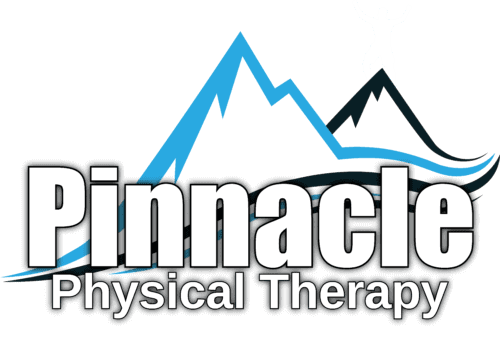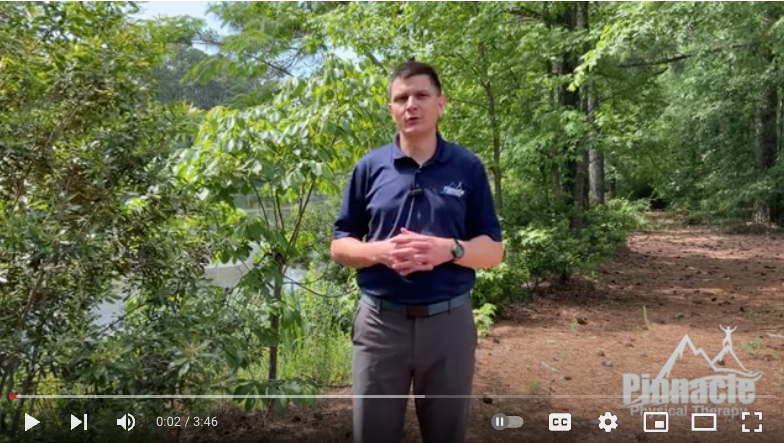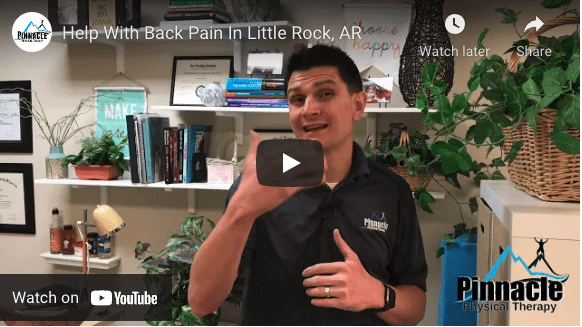Shoulder issues is one of the most commonly seen here at Pinnacle Physical Therapy. Because of that, Dr. Brian Murphy has taken the time to answer some of your most pressing questions about your shoulder pain. Whether you’re a swimmer, you work a lot with your upper body or you’ve had an injury, we have information for you!
Shoulder Impingement
Anatomy of the Shoulder
Anatomically the shoulder joint is a very unstable joint. I equate it to a golf ball sitting on a golf tee. The ball is the head of your humerus (upper arm bone) and the tee is the glenoid fossa ( socket which is part of the scapula or shoulder blade). The shoulder relies heavily on ligaments, muscles, and cartilage to help provide stability.

Impingement Explained
Impingement is when the humerus glides upward and causes stress on structures that sit under your acromion (part of your shoulder blade). There are a lot of pain sensitive structures that lie under this subacromial space, namely your rotator cuff musculature and your bursa sac. The rotator cuff is the musculature that helps to perform certain movements of the arm and shoulder blade as well as what helps to provide stability to the joint. A bursa sac is a fluid filled sac that helps to dampen forces and helps the shoulder joint move more freely. During the recovery phase or above water portion of the swim stroke the arm is going into a flexed and internally rotated position. This position along with the force of the water during hand entry puts a lot of stress on the shoulder joint and its surrounding structures.
The supraspinatus muscle (shown below) and its tendon are often affected in impingement of the shoulder.

This muscle plays a key role is stabilizing the head of the humerus to prevent it from migrating upward into the acromion. This muscle along with others are susceptible to fatigue as the swimmer\\\’s practice progresses. This is where performing specific dry land training exercises helps to strengthen and build the endurance of those muscles.
Try this exercise: It has shown a large level of contraction in the supraspinatus muscle. Make sure you are using a weight that you can perform 2-3 sets of 15 to 20 repetitions. Don\\\’t raise your arms straight ahead, but angled out slightly.

If you can’t seem to get a handle on your shoulder pain. I would be happy to help you find the next best step for your specific situation. I call this a discovery visit and I offer them for free to anyone in Little Rock or surrounding areas! Call or text me today at 501-529-2010


